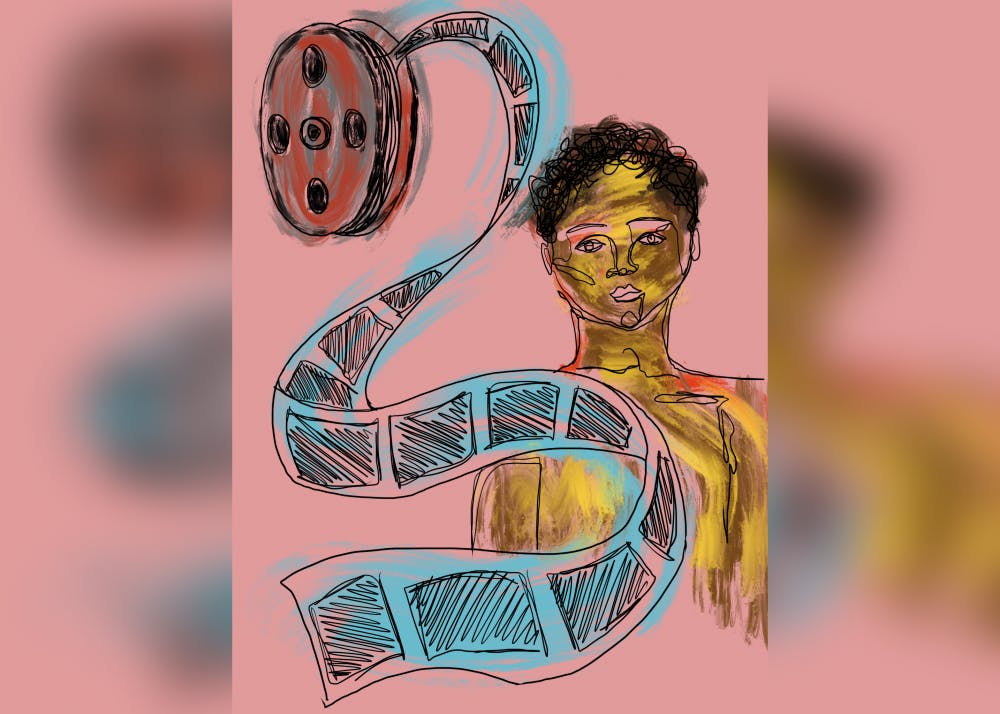Stuyvesant High School is a prestigious school in New York City that is known to be highly selective.
Last week, the public was made aware that this elite school selected only seven black students out of 895 spots. That equates to .8 percent.
Although we should not base a whole issue off of a school, this instance brings up one glaring question: How far have we come in combating segregated school systems?
In 1954, Brown v. Board of Education of Topeka ruled segregated educational facilities unconstitutional because it violates the protections of the Equal Protection Clause in the Fourteenth Amendment. This Supreme Court ruling was quintessential in the ongoing fight for civil rights.
But as American history has unfortunately proven, laws put into place do not always reflect actions of the government.
Although the ruling was more than 60 years ago, Americans still deal with segregated school systems and a lack of equality of opportunity in education.
Having unequal access to an adequate education has detrimental impacts on low-income and high-minority socioeconomic regions. This phenomenon is a starting point to many of the inequalities minorities experience which begin at childhood.
After World War II, suburban lifestyle boomed, but black Americans experienced a great deal of housing and residential inequalities. These blatant inequalities transcended into educational disparities.
Highways were built to separate high income, suburban neighborhoods and minority neighborhoods. Roads and highways were slapped in the middle of black communities and were often considered “white roads through black bedrooms.”
Nowadays people are thankful for the ability of highways to cut down transportation time drastically. But in reality, they were just another way to create racial segregation.
Additionally, the housing segregation led to stark educational differences based on socioeconomic locations.
Segregation of school districts creates isolation and a lack in diversity of social interaction during crucial developmental periods. Students in predominantly low-income areas are not able to have access to as many opportunities due to this isolation from other demographic groups.
According to a study done by the Joint Center for Housing Studies of Harvard University, 40 percent of black and 32 percent of Hispanic children are likely to live in a low-opportunity neighborhood. In contrast, three percent of black and four percent of Hispanic students are likely to live in a very high-opportunity area.
This highlights the obvious differences we see in the equality of opportunity today.
Students often become constrained in their thinking and are unable to tap into their true potential. They are also exposed to less resources whether it be textbooks, technology or other factors that people take for granted every day.
Additionally, college recruiters are less likely to go to low-income schools. In turn, students receive less exposure to the benefits of higher education.
According to the Bureau of Labor Statistics, those with a four-year college degree on average make a median weekly salary of $1,137 while those with a high school diploma make an average of $678.
Essentially, it is a ripple effect. These students who are less likely to go to college are less likely to have financial stability. Increasing access to quality school systems can help break the wealth gap seen too often.
It is unfair that the system has placed students in a debilitating cycle that makes it difficult to escape poverty and financial struggles. It is clear that change is necessary when the youth today is still being harmed by racist policies and ideas from decades, and even centuries ago.
Education is a key to escape poverty, but how can that be a useful tool when many don’t have access to education and are not properly prepared for higher education?
To quote Supreme Court Justice Sonia Sotomayor, “Until we reach equality in education, we can’t reach equality in the larger society.”






